About Lateral Epicondylitis
Lateral epicondylitis (also known as tennis elbow) is a quite painful condition that generally develops as a consequence of repetitive motions of the wrist and the arm. The pain is localized at the site where tendons of the forearm attach to the bony prominence of the outside part of the elbow and it may further radiate down the arm.
Apart from affecting tennis players (especially those with poor technique in executing a tennis backhand) the condition is also considered occupational. The pain develops as a result of muscle overuse and muscle strain injury. People who are using pluming tools, painters as well as people who excessively use computer mouse are prone to lateral epicondylitis.
As it has already been mentioned the pain affects the elbow and may radiate into the forearm or the wrist. The pain is simply unbearable and one may not be able to move the arm. Muscles of the arm are weak, hands may be shaky and one may have difficulties in performing even the simplest activities such as turning a doorknob or holding a cup.
Therapy for Lateral Epicondylitis
In many cases lateral epicondylitis improves spontaneously. It is essential not to continue with the activity that has led to pain, have plenty of rest and the pain can be alleviated with several over-the-counter medications. Ice packs may also help in pain relief. However, if the pain and tenderness continue one should consult his/her physician.
It may sometimes be necessary to evaluate tennis technique (in tennis players) or job tasks. The evaluation is performed by a well-experience professional. This way a tennis player or a worker can change the way or a technique of performing specific activities and prevent pain and recurrence of other symptoms.
It is essential to engage in physical therapy. With proper selection of exercises muscles of the arm become stronger and range of motions in the elbow joint returns to normal. Stress on the injured tissues can be significantly reduced if one uses a forearm strap or a brace. Swelling and pain associated with lateral epicondylitis may also be treated with injections of corticosteroids or numbing medications.
Patients whose symptoms and signs linger in spite of conservative therapy are potential candidates for surgery. Surgery for lateral epicondylitis is generally performed if the condition continues for 6-12 months after the onset of treatment. After surgery each patient undergoes rehabilitation.
Complications of lateral epicondylitis are failure to improve the symptoms with nonsurgical and surgical treatments, recurrent injury and rupture of the tendon caused by repeated steroid injections.



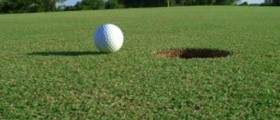


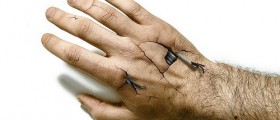
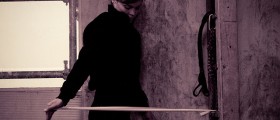
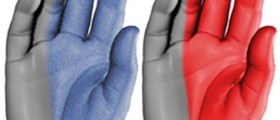
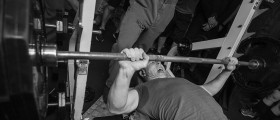
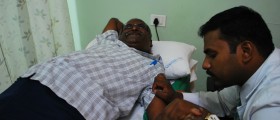




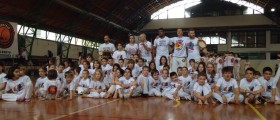

Your thoughts on this
Loading...